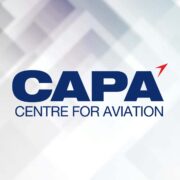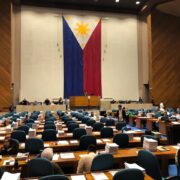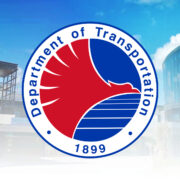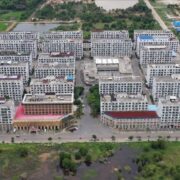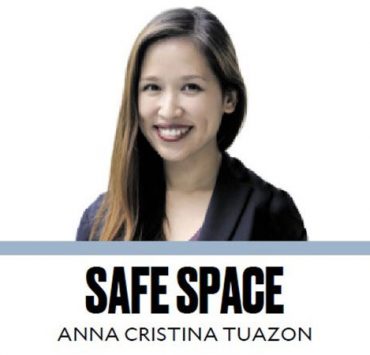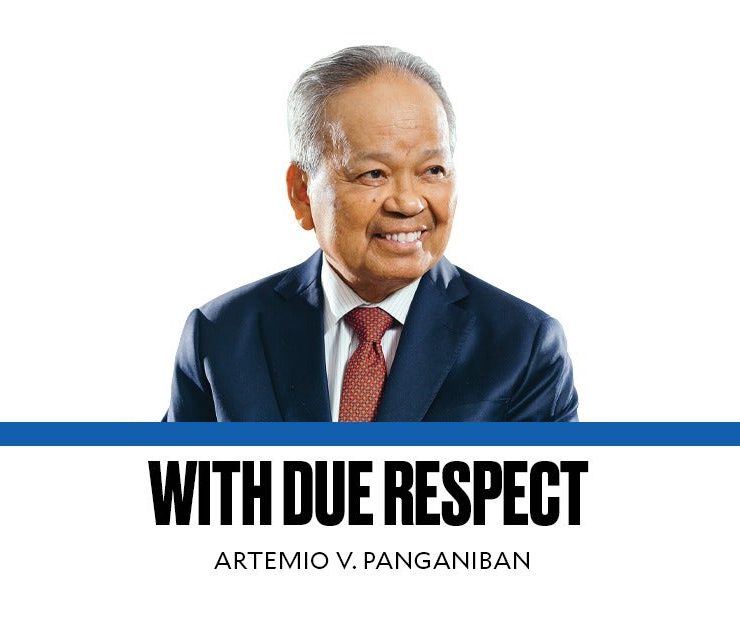Ramon S. Ang as Metro’s savior?

In his trademark straightforward and bombastic manner, San Miguel Corp. president and CEO Ramon S. Ang volunteered last week to help Metro Manila finally solve its long-standing and complex flooding problem “at no cost to the people and no cost to the government.”
Ang, ranked the fourth richest person in the Philippines by Forbes Magazine, made the bold and unprecedented offer after his group’s infrastructure projects were cited among the reasons for the massive flooding that paralyzed parts of the metropolis late last month following days of heavy rain.
“Now I, Ramon Ang of San Miguel, am volunteering. I will help [solve] the flooding in Metro Manila at no cost to the people, no cost to the government,” he said in a meeting with the Metro Manila Development Authority (MMDA) and the Metro Manila mayors last week.
Putting an end to the perennial flooding in Metro Manila does not require a “nuclear solution,” said the billionaire. “We just need to clean the rivers … we will do the cleaning,” Ang said, even offering to relocate schools and homes lining vital waterways that obstruct waterways.
Ang certainly took the public aback by his grand plan, but his track record in infrastructure development, from tollways to airports and power generation on top of food and beverage manufacturing and distribution certainly make the local officials, legislators, and even President Marcos seriously consider taking him up on his tantalizing offer.
Not exactly new
“Ramon Ang’s proposal is certainly very welcome because, you know, we’ve seen his projects. The results are quite good,” Mr. Marcos said during the launch of the government website for the controversial flood control projects.
But as Mr. Marcos correctly pointed out, Ang’s proposal is not exactly new as the private sector had long been channeling resources—part of which can be deducted from their annual taxes—to key sectors where government resources are lacking.
“Imagine if the country’s richest families will pool their CSR (corporate social responsibility) resources together and do what government spends hundreds of billions on in tax money every fiscal year, but seems to fail to deliver. It may be a little out of the box, but why not?” said Sen. Panfilo Lacson in a statement.
Through their individual foundations plus organizations such as the Philippine Business for Social Progress, Association of Foundations, Philippine Business for Education, and the League of Corporate Foundations, billions of pesos are already being funneled to crucial sectors such as education, public health, livelihood development, disaster response and mitigation, and environmental projects and have yielded varying levels of success.
Finer details
Private money has likewise been mobilized in infrastructure through public-private partnership (PPP) projects and outright privatization projects including the rehabilitation and operation of the Ninoy Aquino International Airport, MRT-7 project, and Metro Manila Skyway that are now under concession agreements with SMC.
To continue to outsource public infrastructure projects with no clear economic returns such as flood control, however, has raised valid concerns over the strings that will inevitably be attached to such a big-ticket project.
For economist Sonny Africa, executive director of IBON Foundation, “public infrastructure for the common good should never be relinquished to private profit-seeking billionaires—and the argument that government will ‘save’ in its General Appropriations Act is stunningly wrong.”
To allay any trepidation over what SMC will ultimately want in return for its generosity, the Marcos administration should therefore carefully look into the finer details of the broad promise of Ang to “solve” the debilitating problem with flooding in Metro Manila, so that any conditions will be laid out in the open for the public to appreciate and scrutinize.
Long-term solutions
In the meantime, local government executives need not wait for a savior such as Ang before they get out of their comfort zones and work on solving the flooding issue themselves.
They can immediately deploy people and resources to clear clogged waterways and drainage systems across cities while implementing solid waste management programs with the MMDA calling the shots given its mandate that crosses individual city or town jurisdictions.
At the same time, the Metro Manila mayors can consider more long-term solutions in cooperation with the national government such as the establishment of waste-to-energy power plants so that trash will not pile up and overwhelm canals and rivers.
Indeed, solving such a massive problem such as flood control is too big even for SMC and Ang to solve by themselves. Making it successful will require the concerted effort and commitment of the public and private sectors and the citizens themselves.
Any less will mean that the same old problem will surface when the next rains come.

